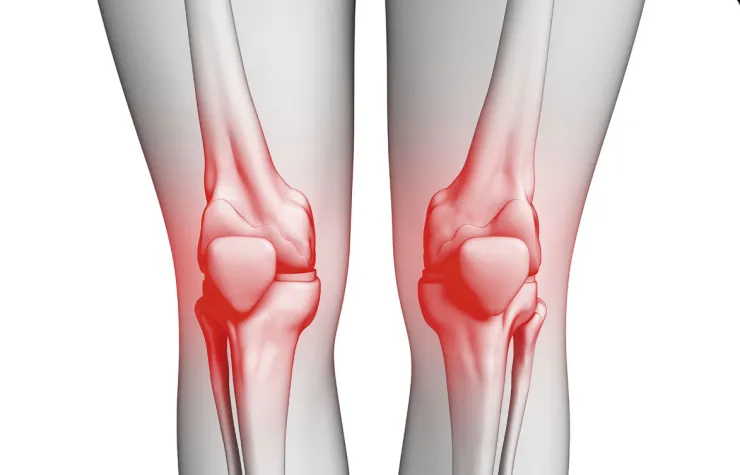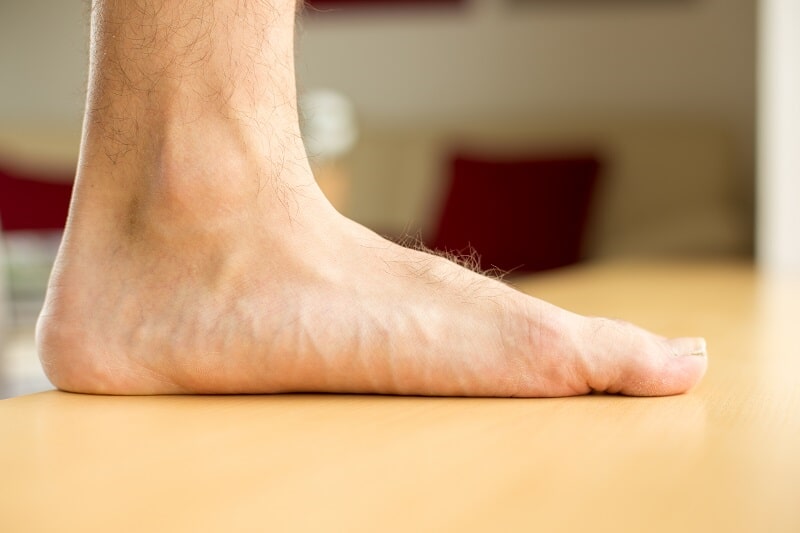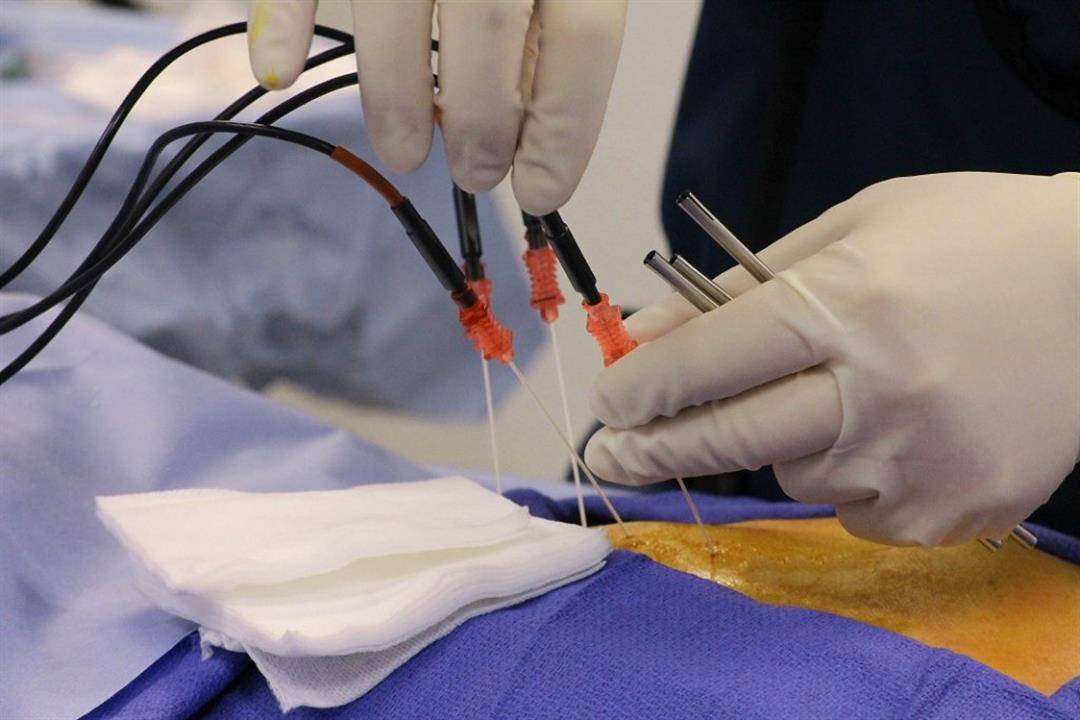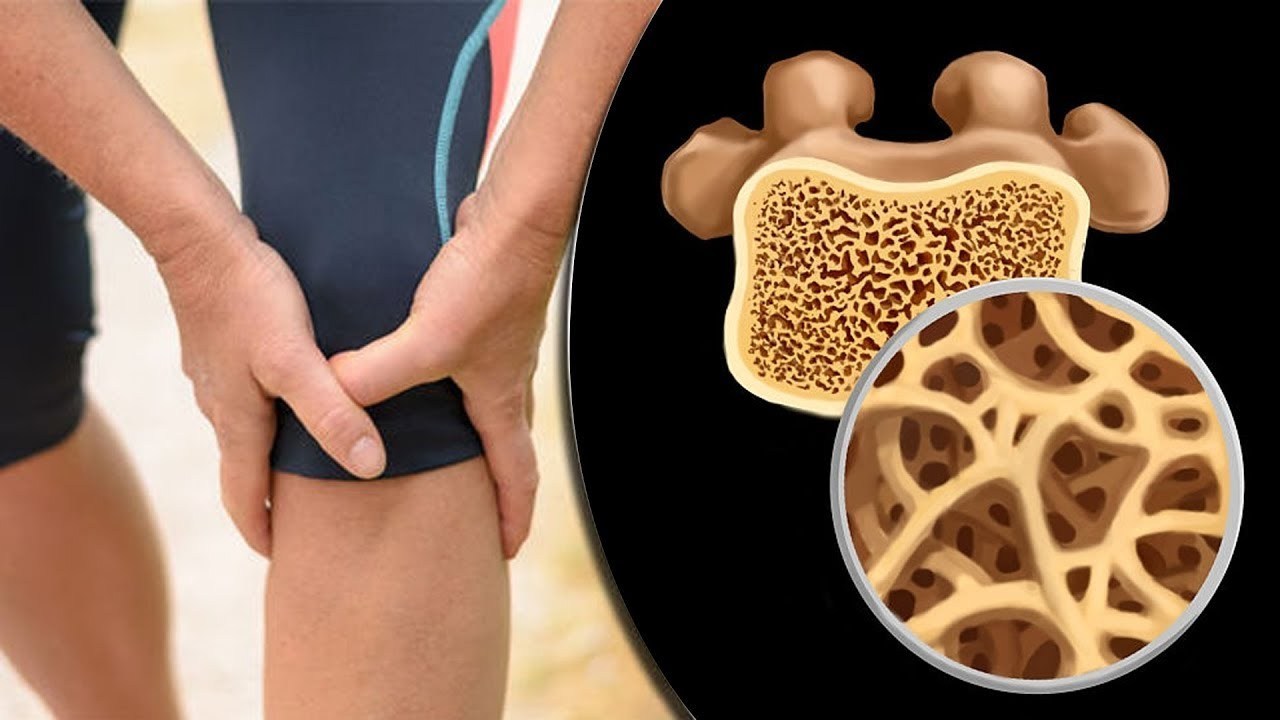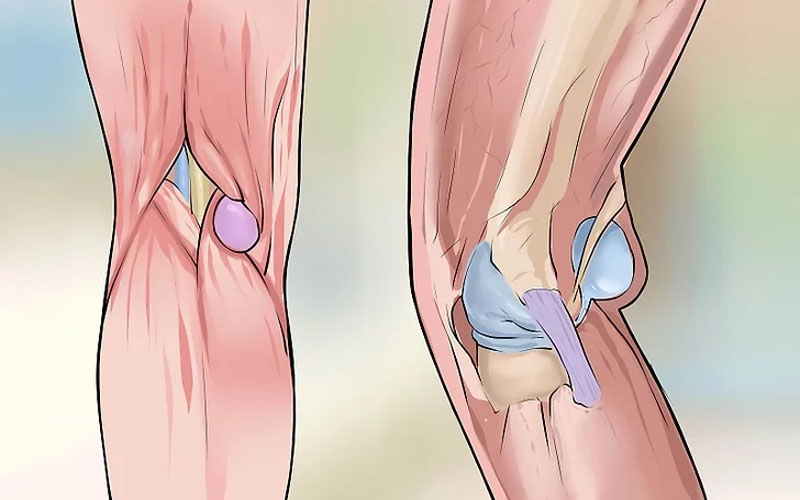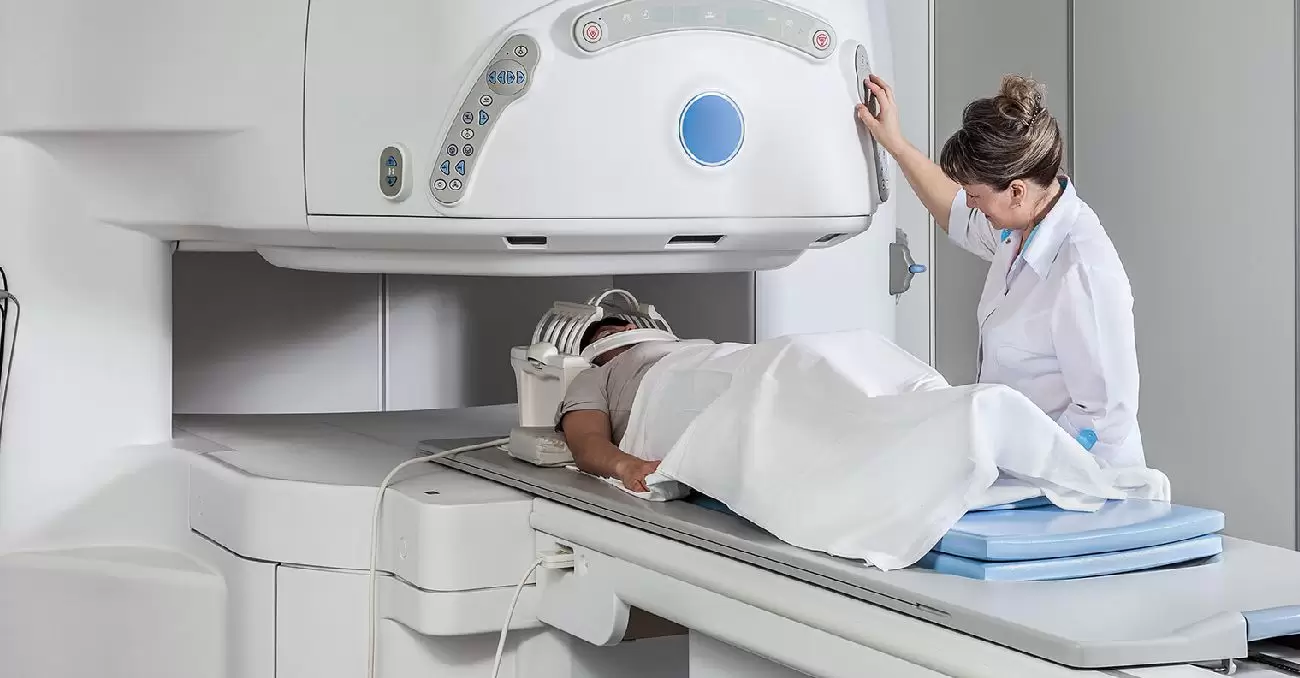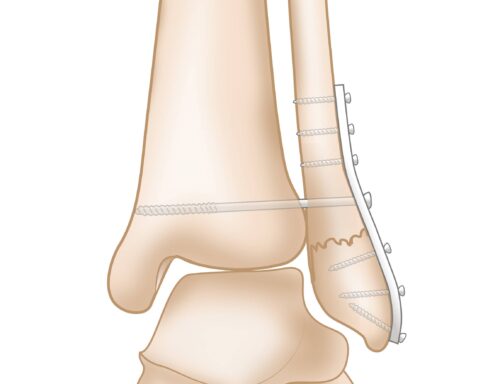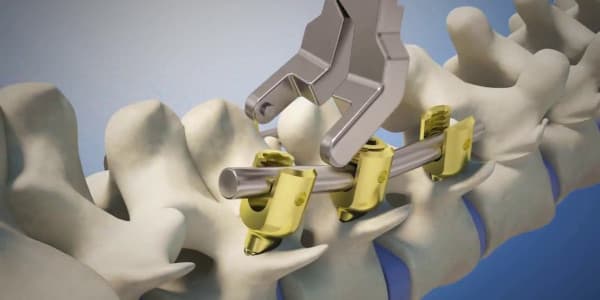Learn about the prices and types of hip joints in Egypt and the indications for their replacement
Hip Joint Prices and Types: Many individuals suffer from severe hip joint pain that necessitates hip joint replacement as a last resort chosen by the doctor. The type of joint is selected based on the patient’s suitability. In this article, we will shed light on this procedure, how it is performed, its prices, and the various types of joints used by doctors. So, follow along in the following sections.
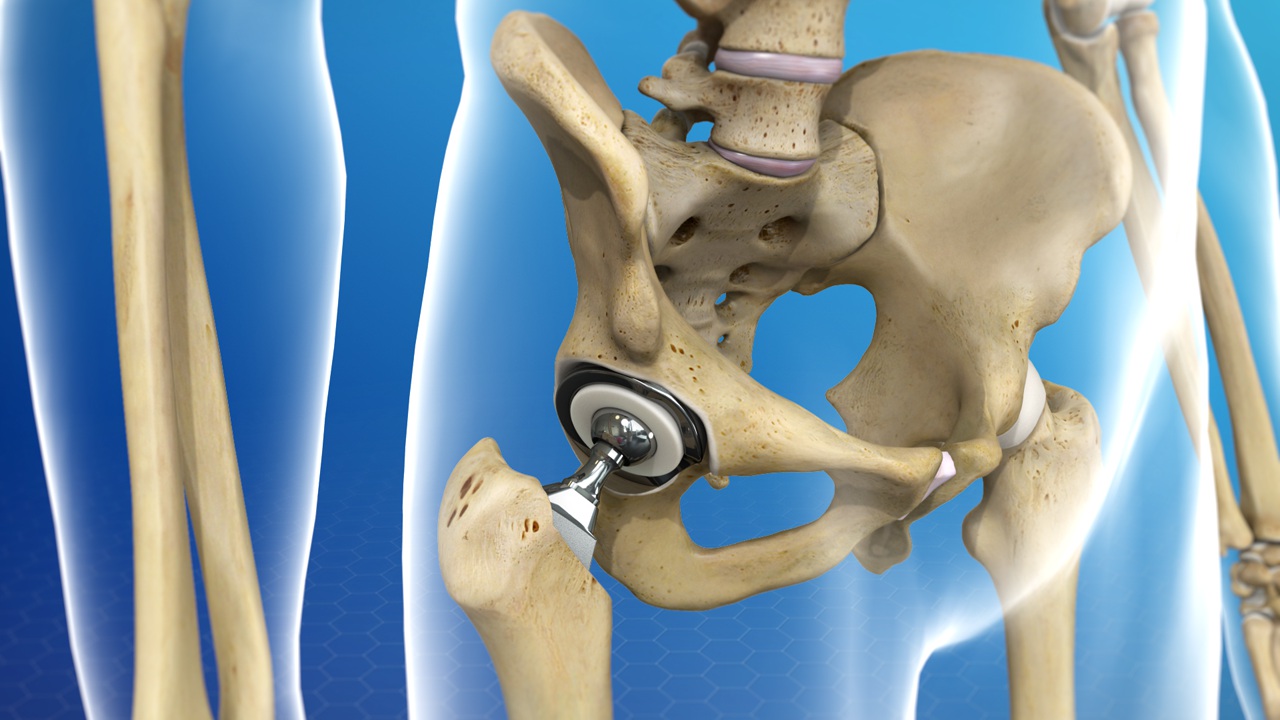
Hip Joint Prices and Types
Hip joint prices vary depending on the type of surgical procedure performed. Hip joint replacement surgery has become widely popular among many individuals who suffer from unbearable hip bone pain. Doctors resort to this procedure as a last resort after trying all available methods and treatments that do not yield results or response from the patient. In the following paragraphs, we will delve into the various types of artificial hip joints in detail.
What Is Hip Joint Replacement?
It is a surgical procedure in which the damaged and worn-out hip joint is replaced with an artificial joint or implant. It is a common procedure performed among orthopedic patients when medications and other medical procedures fail to alleviate the patient’s pain.
It is best for a highly experienced and skilled surgeon to perform this procedure since it is considered a delicate surgery that requires experience alongside knowledge. This can increase the success rate of the surgery and ensure that the patient is safe from potential complications. For more information on undergoing this procedure and others at Dr. Amr Amal’s clinics, please contact them through the following link.
What Are the Indications for Replacing the Hip Joint with an Artificial One?
If the hip joint experiences any of the following problems, it indicates the need for replacement with an artificial joint, which we will discuss in the following points:
- Direct injury to the hip joint, such as a fracture, leading to cartilage damage and joint stiffness, resulting in unbearable pain for the patient.
- Presence of a tumor in the hip joint.
- The patient does not experience relief even after using strong painkillers and undergoing physical therapy sessions.
- Deformities in the joint due to severe roughness and frequent bone-on-bone friction.
- The patient is uncomfortable even during rest and sleep hours, experiencing severe pain that prevents them from performing their daily tasks.
- Bone necrosis or avascular necrosis, a condition resulting from reduced blood supply to the femoral head, leading to tissue death in the joint and the need for replacement.
- Suffering from problems that hinder the natural development of the hip joint since childhood, leading to joint inflammation that requires surgical replacement.
- Rheumatoid arthritis: Rheumatoid disease leads to the destruction of the synovial membrane in the hip joint, resulting in inflammation. Over time, cartilage damage occurs in the joint, necessitating replacement to relieve associated pain.
- Osteoarthritis: This condition causes problems in the joint, leading to the erosion of the articular cartilage that covers the hip joint. Patients often experience severe pain as a result. Osteoarthritis is commonly associated with advanced age, occurring frequently among those over fifty years old, given their medical history.
If you want to read more details about the reasons for undergoing hip joint replacement surgery, you can do so in the following article.
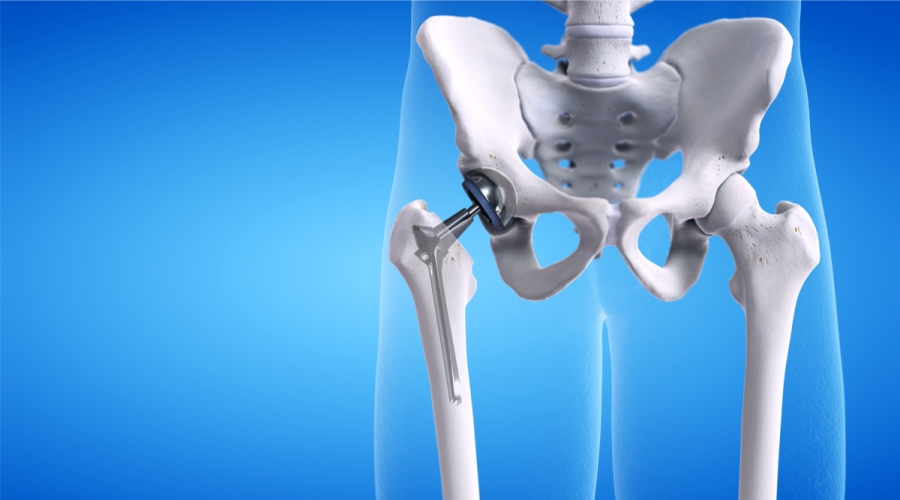
Hip Joint Prices and Types
Hip joint prices vary depending on the type of surgical procedure performed. Hip joint replacement surgery has become widely popular among many individuals who suffer from unbearable hip bone pain. Doctors resort to this procedure as a last resort after trying all available methods and treatments that do not yield results or response from the patient. In the following paragraphs, we will delve into the various types of artificial hip joints in detail.
What Is Hip Joint Replacement?
It is a surgical procedure in which the damaged and worn-out hip joint is replaced with an artificial joint or implant. It is a common procedure performed among orthopedic patients when medications and other medical procedures fail to alleviate the patient’s pain.
It is best for a highly experienced and skilled surgeon to perform this procedure since it is considered a delicate surgery that requires experience alongside knowledge. This can increase the success rate of the surgery and ensure that the patient is safe from potential complications. For more information on undergoing this procedure and others at Dr. Amr Amal’s clinics, please contact them through the following link.
What Are the Indications for Replacing the Hip Joint with an Artificial One?
If the hip joint experiences any of the following problems, it indicates the need for replacement with an artificial joint, which we will discuss in the following points:
- Direct injury to the hip joint, such as a fracture, leading to cartilage damage and joint stiffness, resulting in unbearable pain for the patient.
- Presence of a tumor in the hip joint.
- The patient does not experience relief even after using strong painkillers and undergoing physical therapy sessions.
- Deformities in the joint due to severe roughness and frequent bone-on-bone friction.
- The patient is uncomfortable even during rest and sleep hours, experiencing severe pain that prevents them from performing their daily tasks.
- Bone necrosis or avascular necrosis, a condition resulting from reduced blood supply to the femoral head, leading to tissue death in the joint and the need for replacement.
- Suffering from problems that hinder the natural development of the hip joint since childhood, leading to joint inflammation that requires surgical replacement.
- Rheumatoid arthritis: Rheumatoid disease leads to the destruction of the synovial membrane in the hip joint, resulting in inflammation. Over time, cartilage damage occurs in the joint, necessitating replacement to relieve associated pain.
- Osteoarthritis: This condition causes problems in the joint, leading to the erosion of the articular cartilage that covers the hip joint. Patients often experience severe pain as a result. Osteoarthritis is commonly associated with advanced age, occurring frequently among those over fifty years old, given their medical history.
If you want to read more details about the reasons for undergoing hip joint replacement surgery, you can do so in the following article.

Steps for Hip Joint Replacement Surgery
“Enjoy the specialization and extensive experience of Dr. Amr Amal in the field of hip joint replacement surgery. He will provide you with optimal care and use the latest techniques to ensure excellent and fast results.”
Hip joint replacement surgery is performed through a series of steps, which we will explain as follows:
The patient is usually placed under general anesthesia. If the patient has a health issue that prevents general anesthesia, the doctor may opt for regional anesthesia along with a sedative.
The surgeon makes an incision in the skin, which is typically located behind the hip bone, although it can also be made from the side.
The surgeon removes the damaged and affected cartilage, as well as parts of the bone that make up the hip joint. This involves removing the spherical part of the joint, known as the femoral head.
A metal stem is then inserted into the femoral bone cavity, followed by attaching a ceramic or metal ball on top of this metal stem to function as the replacement for the removed part of the femur.
Next, the surgeon removes the damaged cartilage from the acetabulum, which is the concave socket in the pelvis, and replaces it with a metal component that is secured in the position of the removed acetabular socket. This component is often coated with plastic or another material to facilitate the smooth movement of the new hip joint during motion.
After verifying the movement of the new joint and ensuring its stability, the surgeon closes the incision using a series of stitches and covers it with a bandage.
Types of Artificial Hip Joints
Some individuals experience severe accidents, while others suffer from chronic joint degeneration that prompts the doctor to perform hip joint replacement surgery. There are several types of artificial hip joints used in hip joint replacement surgery, depending on the case that does not respond to medical or conservative treatment. These joints can be categorized into partial and total joints, and they can also be classified based on the material used in their construction, such as ceramic or metal. Let’s explore these categories in more detail:
Total and Partial Joints: Many people either have a complete hip joint damage or have an injury in one of the bones that make up the joint, without a need to replace the healthy bones. This leads to the use of two types of hip joints, complete and partial:
Total Hip Joints are used to treat cases of complete hip joint damage, where both the femoral head and the acetabulum are replaced. Partial Hip Joints are used when only the femoral head is damaged and needs replacement with an artificial one. Each type of these joints differs in size and the surgical steps involved in their installation. However, they are all made from the same materials, but they are categorized based on the material used to create the joint, including chemical and metal joints, among others.
Ceramic Joints: Ceramic hip joints are distinguished by their very smooth surface, which facilitates the movement of the joint within its specific cavity. This design minimizes friction, reducing pain for the patient. Cobalt Chromium: This type of artificial hip joint is made from highly durable and sturdy metal alloys. Polyethylene Joints: Polyethylene is one of the most commonly used chemical materials in the construction of artificial hip joints. It is a material similar to plastic but stronger and more rigid, capable of withstanding the pressure on the joint.

How Long Does Hip Joint Replacement Surgery Take?
On average, hip joint replacement surgery takes from one to two hours. However, the duration of the surgery may vary depending on the patient’s condition and the specific circumstances encountered by the surgeon. If the degree of damage is extensive, the surgery may take longer, as the surgeon will need more time to remove the damaged tissues and secure the new artificial joint. The expected lifespan of the joint typically ranges from 15 to 20 years if properly cared for and if the patient follows the doctor’s instructions and commits to physical therapy to preserve the joint for as long as possible.
What Is the Success Rate of Hip Joint Replacement Surgery?
Various studies and research have confirmed that the success rate of hip joint replacement surgery is very high, ranging from 95% to 97%. The success rate depends on the patient’s condition and any accompanying diseases, such as diabetes. Caution should be exercised during the procedure to avoid complications such as dislocation during surgery, wound infection, or bone fracture during fixation, especially in patients with osteoporosis. Other potential complications include improper alignment of the new joint or leg length discrepancy. It is crucial to choose a qualified and suitable surgeon for the procedure and to adhere to the necessary post-operative care and rehabilitation to achieve the desired joint replacement success.
“Join thousands of patients who have reclaimed their lives with Dr. Amr Amal. Make the decision to alleviate your pain and return to an active life. Schedule your consultation today and start your journey towards healing and happiness.”
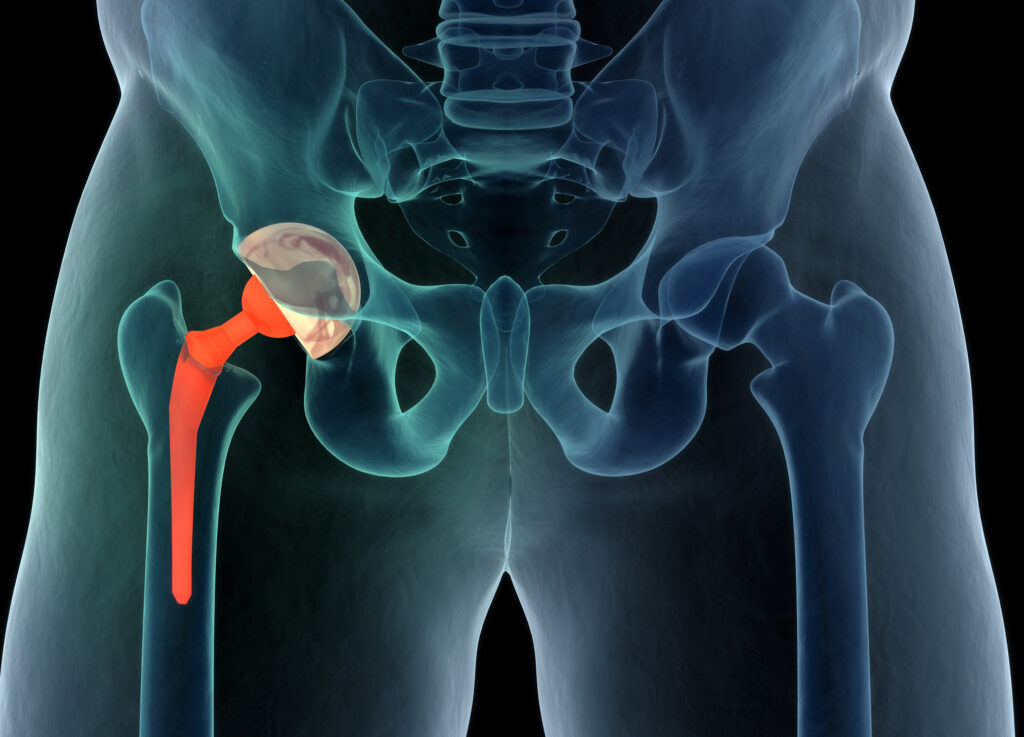
Is Hip Joint Replacement Surgery Risky?
Hip joint replacement surgery is considered a successful procedure known for its high safety rate. However, like any surgical procedure, it carries some potential complications, which may increase in the presence of chronic diseases. These complications may include:
Dislocation: There may be dislocation of the implanted joint components, requiring a revision hip replacement surgery.
Blood Clots: The formation of blood clots in the leg or pelvis veins is one of the common complications associated with any artificial hip joint surgery. These clots can be a potential threat to the patient’s life if they travel to the lungs. Doctors often prescribe blood-thinning medications to prevent this.
Infections: Superficial or deep infections of the hip surgery wound may occur. Superficial infections can usually be treated with antibiotics, while deep infections may require additional surgery to address the inflammation or removal of the artificial joint.
Nerve Damage: Hip joint replacement surgery may affect the sciatic nerve in the back and the anterior femoral nerve, causing a decrease in sensation. This effect tends to lessen within six months post-surgery.
Wear and Tear of the Artificial Joint: Over time, the artificial joint may experience wear and tear, necessitating a second hip replacement surgery.
Leg Length Discrepancy: It is normal for a slight increase in leg length to occur after hip replacement surgery due to muscle tightening around the joint, leading to tissue friction.
Hip Dislocation: This is a relatively rare complication, and typically, the dislocated ball can be relocated without the need for hip revision surgery.
Important Instructions After Hip Joint Replacement Surgery
“Dr. Amr Amal will provide you with the best advanced medical solutions to relieve your pain and regain your natural mobility.”
There are some simple instructions that the patient should follow after undergoing hip joint replacement surgery to help them return to their normal life. These instructions include:
- The patient should sit on a comfortable chair and keep their back straight.
- Use a raised toilet seat to avoid excessive bending of the back.
- Remove objects that may hinder movement around the house to prevent falls.
- Avoid frequent use of stairs and keep necessary items nearby to minimize movement.
- The patient should not cross their legs or sit in a low position to prevent dislocation of the joint.
- Avoid engaging in strenuous and heavy activities or sports.
- Maintain a healthy weight to avoid leg swelling after joint replacement surgery.
- Follow the instructions of the physical therapist and adhere to them during the new joint rehabilitation period to ensure freer and faster use of the new joint.
- Take medications prescribed by the doctor at the specified times and doses.
- Keep the surgical incision clean and dry at all times.
- Ensure a balanced and nutritious diet containing essential nutrients and elements for tissue healing and muscle strengthening.
- Use crutches and a walker during the first few weeks to reduce the patient’s weight on the joint and avoid bearing their full weight during the recovery period.

When Does Walking Begin After Hip Joint Replacement?
Usually, walking begins on the same day as the hip joint replacement surgery or on the following day with the assistance of crutches or a walker. The ability to walk depends on the weight the patient can bear after the procedure. It’s important to note that walking will be slow and limited initially. It is advisable for the patient to move for about 20 to 30 minutes a day, as this helps promote blood circulation and maintain muscle strength.
It’s important to understand that the patient may not be able to perform certain movements during the first few weeks after the surgery and may require assistance when getting up. They may experience pain and discomfort during physical activities and rest periods.
After six weeks from the surgery, the patient should have the ability to return to their normal daily life and be able to walk and move without the need for assistance or crutches.
What Factors Determine the Cost of Artificial Hip Joint?
There are several factors that influence the cost of an artificial hip joint, including the following:
- Type of Joint: The type of material used to make the artificial hip joint plays a significant role in its cost. Common materials include metal and ceramic. Ceramic hip joints tend to be more expensive than metal ones due to their greater hardness and strength. They are often preferred for younger patients or those with physically demanding lifestyles.
- Country of Manufacture: The country where the hip joint is manufactured can also affect its price. Hip joints made in different countries may have varying costs, with locally manufactured joints usually being less expensive than imported ones.
- Number of Components Replaced: Natural hip joints consist of two main parts: the femoral head and the acetabulum. In some cases, only the femoral head may need replacement, while in others, the entire hip joint may need to be replaced. The cost of the joint replacement procedure is influenced by which components are replaced.
What Factors Contribute to the Total Cost of Hip Joint Replacement Surgery?
The total cost of hip joint replacement surgery can vary between medical centers, hospitals, and healthcare facilities due to several contributing factors:
- Cost of the Artificial Hip Joint: The type of artificial joint required for the patient, based on their medical condition and the state of their original joint, determines the total cost of the surgery itself.
- Surgeon’s Experience and Competence: The skill and experience of the surgeon, along with the number of years they have practiced in the field, can significantly impact the success rate of the surgery and the treatment plan during the recovery period. This expertise is an important factor in determining the total cost of the procedure.
- Length of Hospital Stay: Hip joint replacement surgery typically requires a hospital stay ranging from two to five days to monitor the patient’s health, ensure the success of the procedure, and detect any complications. The duration of the hospital stay is factored into the final cost.
- Need for Single or Double Joint Replacement: Depending on the patient’s symptoms, the diagnosis made by the doctor, and the results of magnetic resonance imaging (MRI) scans, the appropriate course of action for the patient’s condition is determined. This can involve the replacement of a single hip joint or both hip joints, which significantly affects the overall cost.
- Additional Medical Services: Ancillary services such as physical therapy, post-operative care, and follow-up visits are important aspects of the overall cost, as they contribute to the patient’s recovery and rehabilitation.
It’s essential to consider these factors when estimating the cost of hip joint replacement surgery, as they can vary from one medical facility to another. Consulting with a healthcare provider and obtaining a detailed breakdown of the costs involved is advisable for patients considering this procedure.
Does a Higher Price for an Artificial Hip Joint Guarantee its Efficiency After Implantation?
No, there is a common misconception that choosing the most expensive hip joint guarantees its efficiency after implantation and ensures good results. However, in reality, the price is influenced by several factors as detailed above, and it does not solely depend on the quality of the joint. A higher price for an artificial hip joint does not necessarily indicate that it is the best type. The choice of the type of joint depends on the specific needs of the patient’s condition.

Book with the Best Doctor for Hip Joint Replacement Surgery in Egypt
Using CliniDo, patients can easily book their appointments and choose the most suitable doctor to perform hip joint replacement surgery in Egypt. CliniDo ensures that appointments are scheduled with the most experienced and competent doctors in the medical field. It is the ideal choice for patients seeking superior medical treatments. Therefore, we recommend contacting one of the best orthopedic doctors and bone and joint surgery consultants at Ain Shams University, Dr. Amr Amal.
Dr. Amr Amal is one of the highly skilled and experienced doctors in this field. Patients can seek his consultation at Dar Al Fouad Medical Center, Fourth Floor, Room 418, where he provides efficient and professional services for patients undergoing hip joint replacement surgery.
Dr. Amr Amal utilizes the latest medical techniques in treating worn-out joints. Patients can rely on him to achieve the desired results, thanks to his extensive experience and high-level skills. He is the optimal choice for many patients suffering from hip joint problems and aiming to improve their quality of life for the better.

